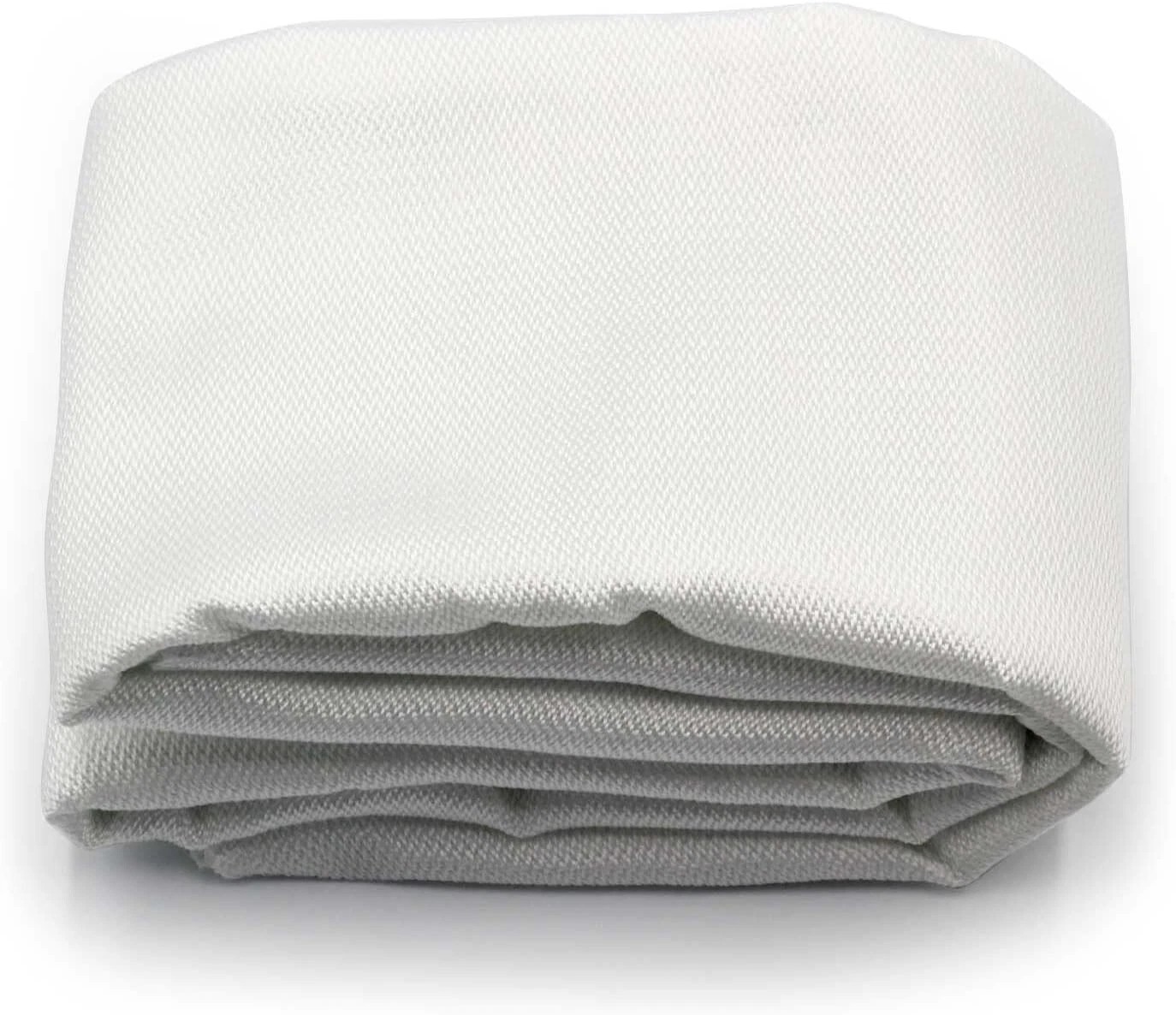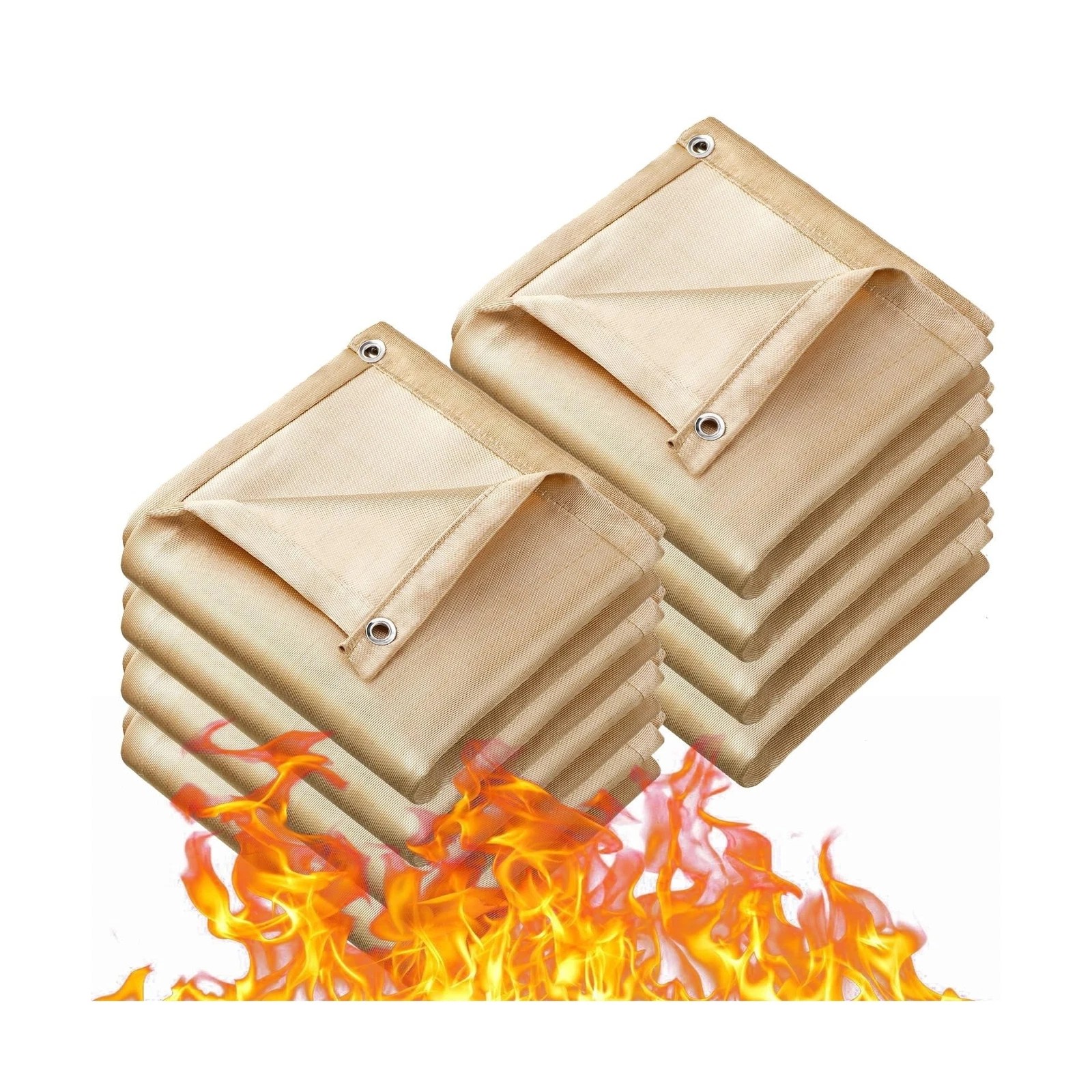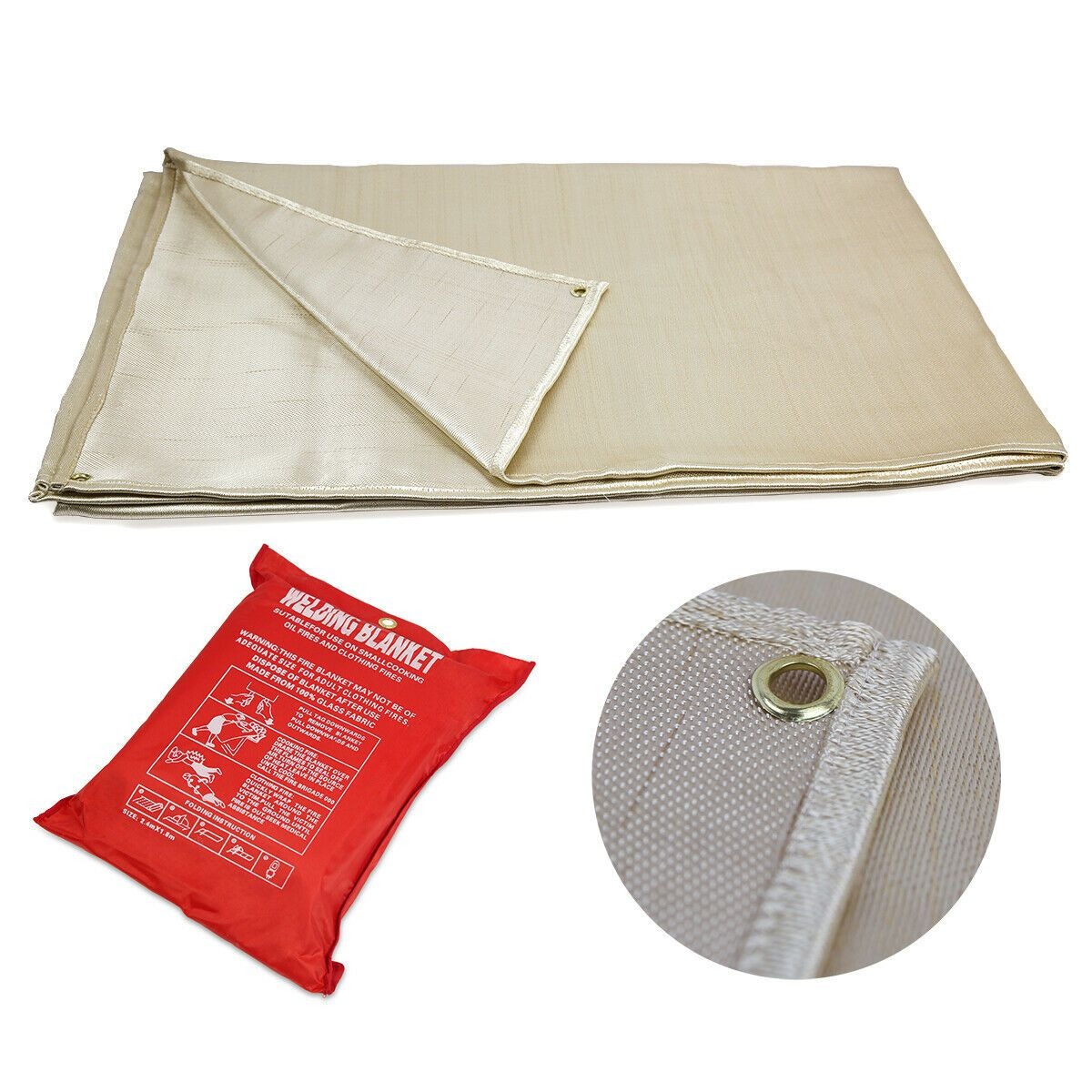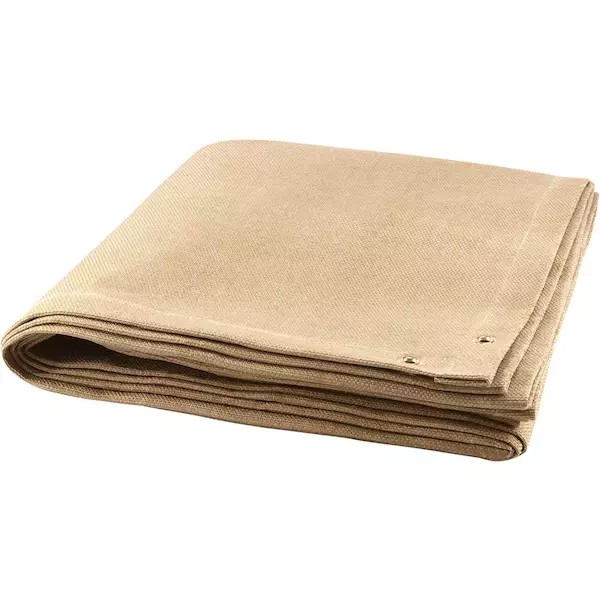Induction Heating Blankets for Welding: Efficient Preheating Solutions
Summary:Induction heating blankets provide uniform, energy-efficient preheating for welding applications. These flexible tools reduce hydrogen cracking risks while saving time compared to traditional methods. Learn how they work and their key benefits.
What Are Induction Heating Blankets for Welding?
Induction heating blankets for welding are specialized tools that use electromagnetic induction to preheat metal surfaces before welding. Unlike conventional flame heating, these blankets wrap around pipes or plates, delivering consistent heat exactly where needed. The technology converts electrical energy into heat directly within the workpiece through magnetic fields.
How Do Induction Heating Blankets Work?
When you place an induction heating blanket around your workpiece, alternating current passes through copper coils inside the blanket. This creates a rapidly changing magnetic field that induces eddy currents in the conductive metal below. The resistance of the metal converts these currents into precise, controllable heat.
Key components include:
- Flexible induction coils
- Insulating materials
- Temperature sensors
- Power control unit
Benefits of Using Induction Heating Blankets
Compared to torch heating or resistance heating, induction heating blankets for welding offer significant advantages:
- Uniform heating:Eliminates hot spots that can cause distortion
- Energy efficiency:60-80% of energy converts directly to heat
- Safety:No open flames or combustible gases
- Time savings:Typically 50% faster than conventional methods
- Repeatability:Precise temperature control ensures consistent results
Applications in Welding Processes
Induction heating blankets excel in these welding scenarios:
- Pipe welding:Wraps perfectly around curved surfaces
- Thick plate welding:Provides through-thickness heating
- High-alloy steels:Maintains precise preheat temperatures
- Field repairs:Portable and easy to deploy
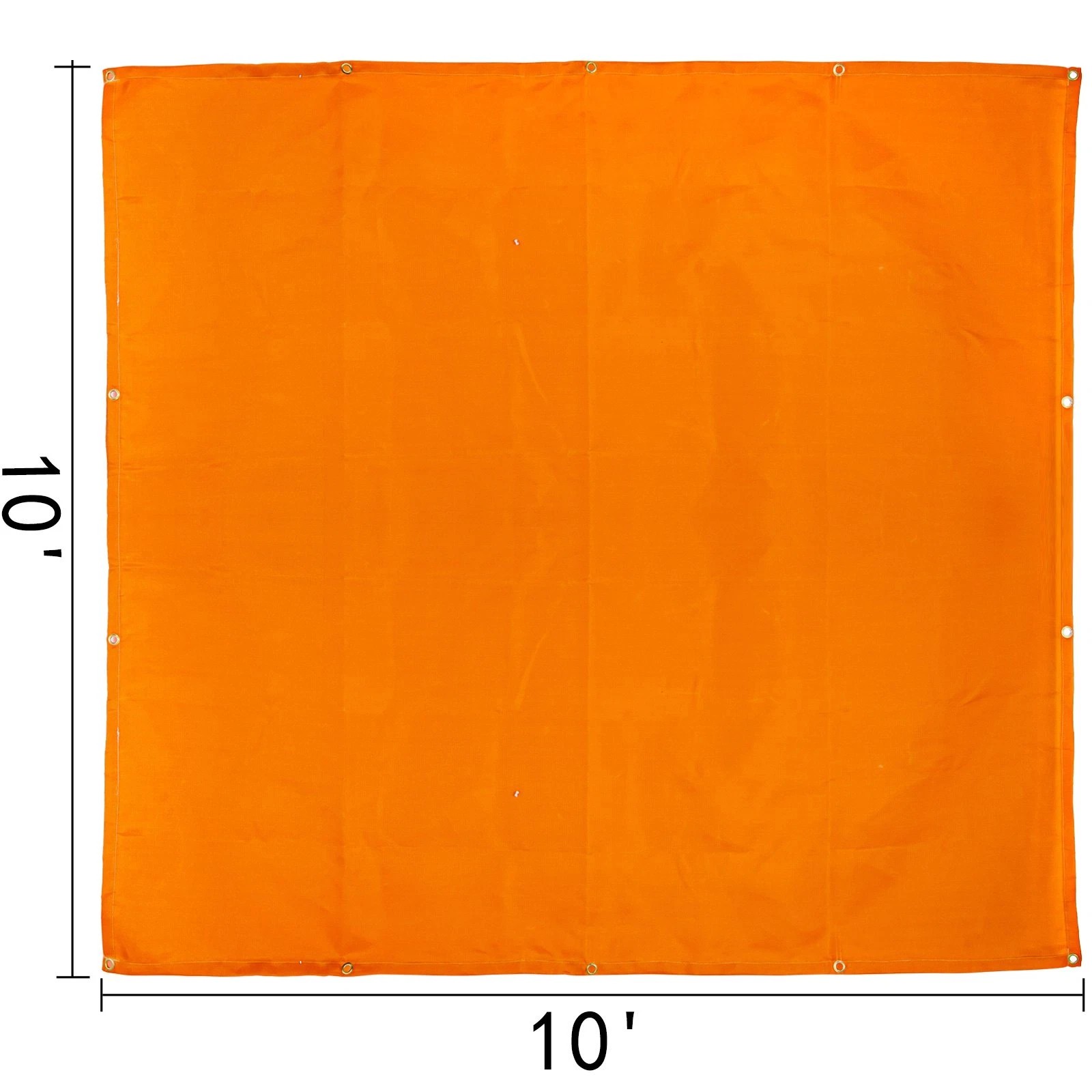
Choosing the Right Induction Heating Blanket
Consider these factors when selecting induction heating blankets for welding:
| Factor | Consideration |
|---|---|
| Power output | Match to material thickness and required temperature |
| Blanket size | Should cover entire weld preparation zone |
| Temperature range | Check material specifications |
| Cooling system | Water-cooled for continuous operation |
Best Practices for Operation
To get optimal results from your induction heating blankets:
- Clean the workpiece surface for maximum efficiency
- Position thermocouples correctly for accurate readings
- Allow sufficient soak time for temperature equalization
- Follow manufacturer's guidelines for power settings
- Inspect blankets regularly for wear or damage
Maintenance and Safety Tips
Proper care extends the life of your induction heating blankets for welding:
- Store rolled, not folded, to prevent coil damage
- Check insulation resistance periodically
- Keep cooling systems clean and functional
- Use thermal imaging to detect hot spots in blankets
- Train operators in proper handling techniques
Future Developments
Emerging technologies in induction heating blankets include:
- Smart blankets with integrated temperature control
- Lightweight designs for improved portability
- Advanced materials for higher temperature applications
- AI-powered optimization of heating patterns
Induction heating blankets for welding represent a significant advancement in preheating technology, offering welders a safer, more efficient alternative to traditional methods. By understanding their operation and proper use, you can achieve better weld quality while reducing energy costs and project timelines.


